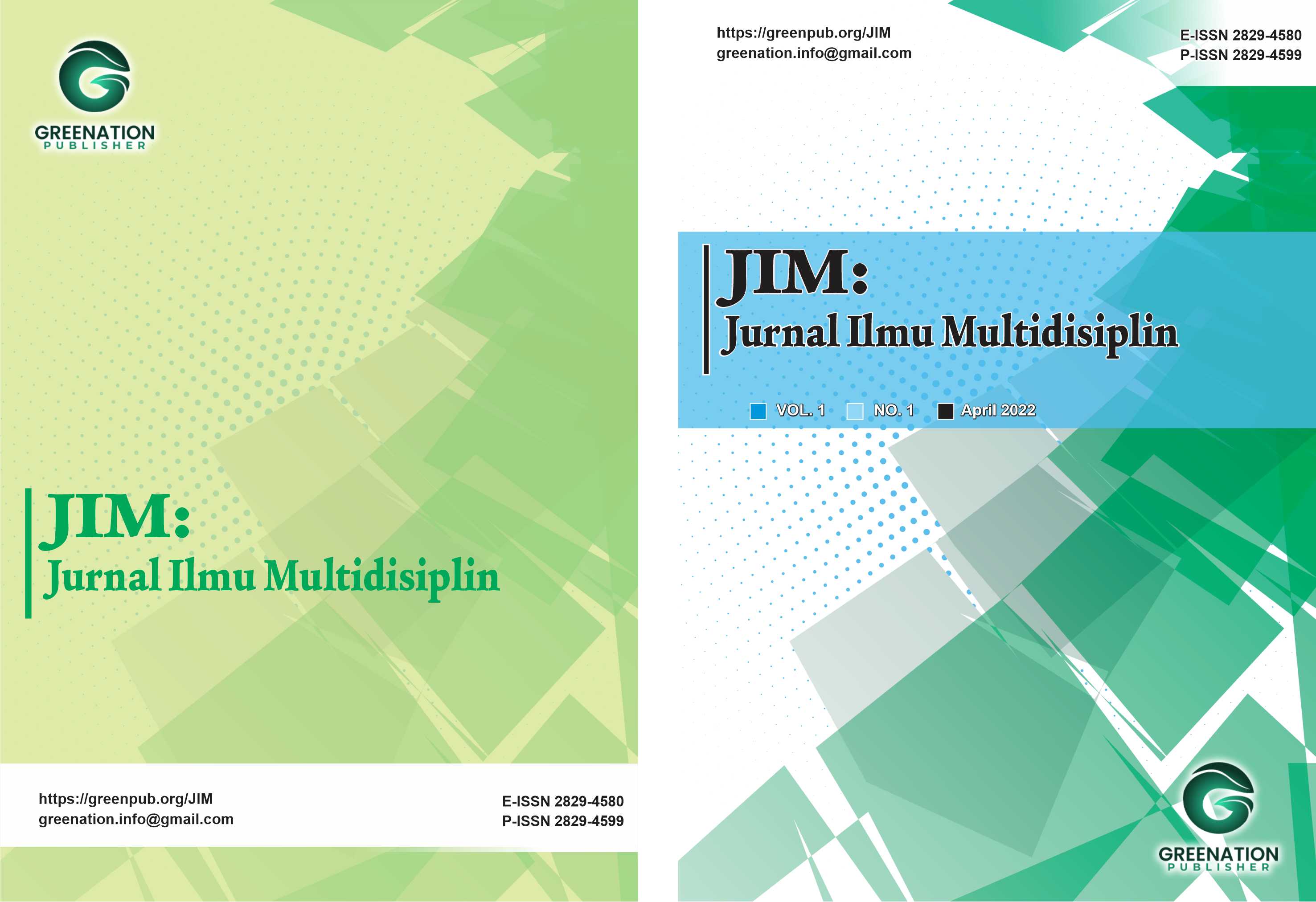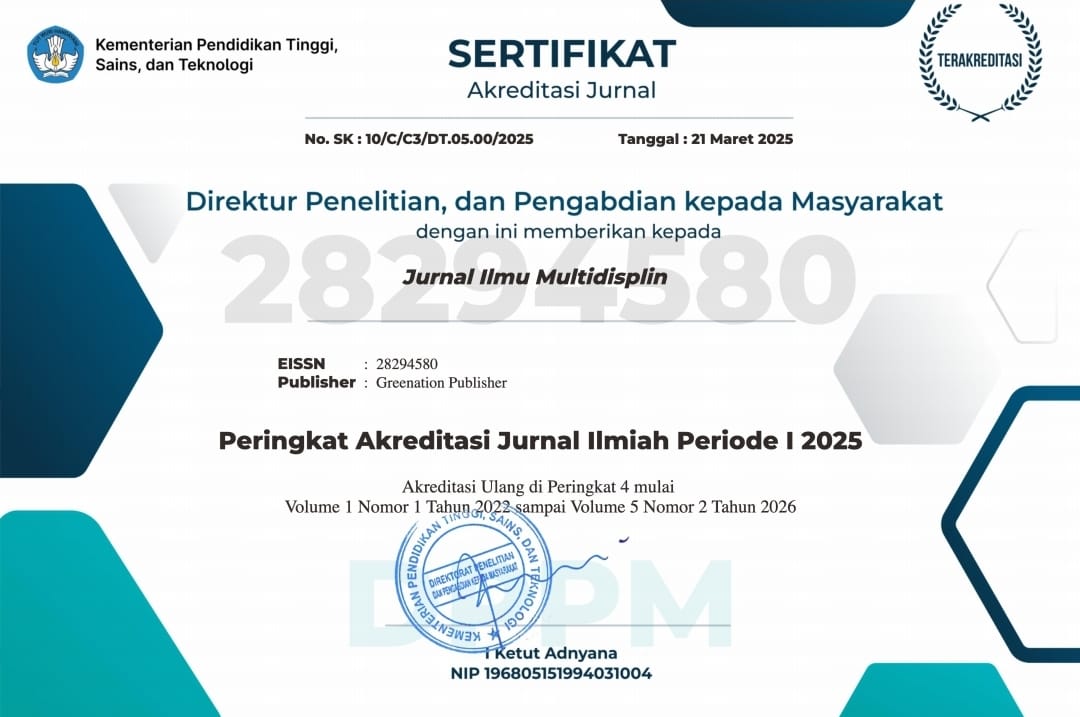Cultural Influences on Traditional Mosque Architecture: Case Studies of the Katangka and Wapauwe Mosques
DOI:
https://doi.org/10.38035/jim.v4i2.1056Keywords:
Mosque Architecture, Local Culture, Typology, IndonesiaAbstract
This study examines the influence of local culture on traditional mosque architecture through case studies of the Katangka Mosque in South Sulawesi and the Wapauwe Old Mosque in Maluku. These two mosques represent a form of acculturation between Islamic values and local cultural traditions within their respective regions. The research employs a historical approach and typological analysis to identify architectural elements that reflect the social, cultural, and environmental characteristics of their local contexts. The main focus is directed toward roof forms, spatial layout, material usage, and decorative elements, as well as how these aspects demonstrate adaptation to the local climate and geographical conditions. The findings reveal that both mosques function not only as places of worship but also as expressions of the community’s cultural identity. This study contributes to a deeper understanding of the diversity of religious architecture in Indonesia and offers insights for the contextual and sustainable design of future mosques.
References
Argan, G. C. (1963). On the Typology of Architecture. Architectural Design, 33(8), 564–565.
Arifin, S. (2017). Arsitektur Masjid dan Orientasi Kiblat di Indonesia. Jakarta: Kementerian Agama.
Frishman, M., & Khan, H.-U. (2002). The Mosque: History, Architectural Development and Regional Diversity. Thames & Hudson.
Gill, J. (2012). Cultural Identity in Islamic Architecture: Indonesian Perspective. International Journal of Islamic Architecture, 1(2), 211–231.
Handoko, W. (2013). Karakteristik Arsitektur Masjid Kuno dan Perkembangan Islam di Maluku. Amerta, 31(1), 39–52. ejournal.uin-malang.ac.id
Ismail, W. H. W., & Kamarudin, H. (2021). Cultural Influences in the Architecture of Mosques in the Malay World. International Journal of Built Environment and Sustainability, 8(1), 23–34.
Mahusfah, I. T., Najib, M. A., & Sutriani, S. (2020). Identifikasi Wujud Akulturasi Budaya Terhadap Arsitektur Masjid Al-Hilal Tua Katangka. TIMPALAJA: Architecture Student Journals, 1(1), 19–26. journal.uin-alauddin.ac.id+1en.wikipedia.org+1
Nas, P. (1993). Urban Symbolism. Brill Academic Publishers.
Oliver, P. (2006). Built to Meet Needs: Cultural Issues in Vernacular Architecture. Architectural Press.
Soekmono, R. (1995). Pengantar Sejarah Kebudayaan Indonesia 2. Yogyakarta: Kanisius.
Tjahjono, G. (1998). Indonesian Heritage: Architecture. Archipelago Press. en.wikipedia.org
Woodward, M. (1989). Islam in Java: Normative Piety and Mysticism in the Sultanate of Yogyakarta. University of Arizona Press.
Wiryoprawiro, I. Z. M. (1986). Perkembangan Arsitektur Masjid di Jawa Timur. PT Bina Ilmu. ejournal.uin-malang.ac.id
Yunan, M. (2020). Syncretic Expressions in Vernacular Mosques of Eastern Indonesia. Heritage of Nusantara: International Journal of Religious Literature and Heritage, 9(2), 223–239.
Downloads
Published
How to Cite
Issue
Section
License
Copyright (c) 2025 Nurul Hidayati, Can Karagülle

This work is licensed under a Creative Commons Attribution 4.0 International License.
You are free to:
- Share— copy and redistribute the material in any medium or format
- Adapt— remix, transform, and build upon the material for any purpose, even commercially.
The licensor cannot revoke these freedoms as long as you follow the license terms.
Under the following terms:
- Attribution— You must give appropriate credit, provide a link to the license, and indicate if changes were made. You may do so in any reasonable manner, but not in any way that suggests the licensor endorses you or your use.
- No additional restrictions— You may not apply legal terms or technological measures that legally restrict others from doing anything the license permits.
Notices:
- You do not have to comply with the license for elements of the material in the public domain or where your use is permitted by an applicable exception or limitation.
- No warranties are given. The license may not give you all of the permissions necessary for your intended use. For example, other rights such as publicity, privacy, or moral rightsmay limit how you use the material.




























